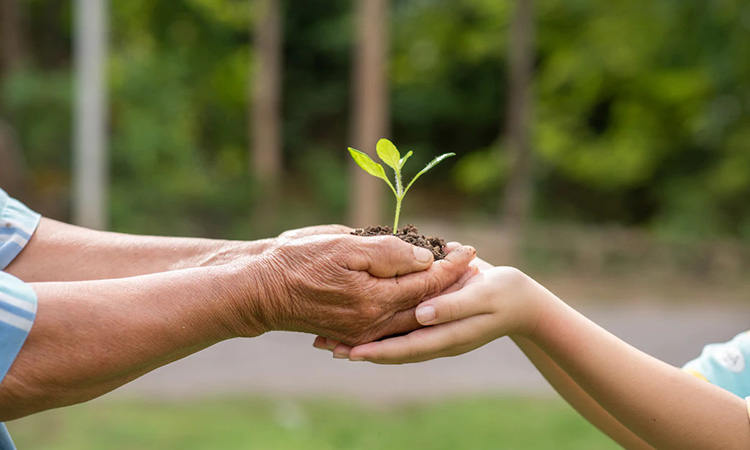When you step outside and breathe in the fresh air, observe the myriad of colors from plants and animals around you, and hear the hum of life – you’re witnessing biodiversity. The word ‘biodiversity’ may sound complex, but its essence is simple: it refers to the variety of life on Earth. This life, in all its forms and interactions, from the tiniest organisms you can’t see with the naked eye, to vast forests and majestic creatures like elephants and whales, constitutes biodiversity. Let’s embark on a journey to understand this concept in depth.
Biodiversity: A Symphony of Life
Imagine the Earth as a vast, intricate orchestra, with each organism representing a unique instrument. Some play loudly, some softly, but all contribute to the grand symphony of life. That’s biodiversity. It’s not just about the number of species but also about their genetic variety and the ecosystems they form. This incredible diversity has been millennia in the making, sculpted by natural processes like evolution, migration, and adaptation.
The Many Dimensions of Biodiversity
- Genetic Diversity: This is the variation of genes within a species. For instance, think of dogs. From Chihuahuas to Great Danes, they’re all part of the same species but have a wide genetic variety. This genetic diversity is crucial as it allows species to adapt to changes in their environment, ensuring their survival.
- Species Diversity: This is what we often think of when we hear ‘biodiversity’. It refers to the variety of species in a particular region. Rainforests are a great example, as they are teeming with countless species of plants, animals, and microorganisms.
- Ecosystem Diversity: This looks at the vast number of ecosystems on Earth. From scorching deserts to deep oceans, from tropical rainforests to icy polar regions – each of these ecosystems has its own unique set of species and interactions.
The Interconnected Web
All components of biodiversity are deeply interconnected. The extinction of one species can have a ripple effect on its ecosystem. For example, if bees, vital pollinators, were to become extinct, it would impact the plants they pollinate, the animals that feed on those plants, and so on.
Why Biodiversity Matter?
- For the Environment: Biodiversity plays a critical role in maintaining ecological balance. Different species perform various roles – from purifiers, pollinators, decomposers to predators. Each plays a part in keeping the environment healthy.
- Humans: We rely on biodiversity for our very survival. It provides us with food, medicines, clean air, and water. It also supports economic activities like agriculture, pharmaceuticals, and tourism.
- For Resilience: A diverse ecosystem is more resilient to changes. It can better withstand disturbances, recover from disasters, and adapt to new conditions.
- For Inspiration: Nature, in all its diversity, has been a source of inspiration for art, music, and literature. It also offers insights into scientific innovations, from mimicking bird flight to create better aircraft, to studying plant properties for medicinal purposes.
Threats to Biodiversity
Sadly, the Earth’s rich tapestry of life is under threat. Factors like deforestation, pollution, climate change, and over-exploitation of resources are causing habitat loss and species extinction at an unprecedented rate. When we lose biodiversity, we don’t just lose individual species; we risk upsetting the balance of entire ecosystems.
Conserving Biodiversity: A Shared Responsibility
The good news is that efforts are being made globally to conserve biodiversity. From establishing protected areas and wildlife corridors to restoring habitats and promoting sustainable practices – individuals, communities, and nations are recognizing the importance of biodiversity and working to protect it.
However, the journey is long, and challenges are many. It’s essential to realize that every organism, no matter how small or seemingly insignificant, has a role in the grand scheme of things. By understanding and appreciating biodiversity, we’re taking the first step toward its conservation.
Biodiversity is the lifeblood of our planet. It is a testament to the incredible variety of life forms and interactions that have evolved over billions of years. As we stand at a critical juncture, faced with significant threats to this diversity, it is our shared responsibility to understand, appreciate, and protect the vast web of life that is biodiversity. After all, in protecting biodiversity, we’re not just saving other species; we’re ensuring a sustainable and vibrant future for ourselves.


